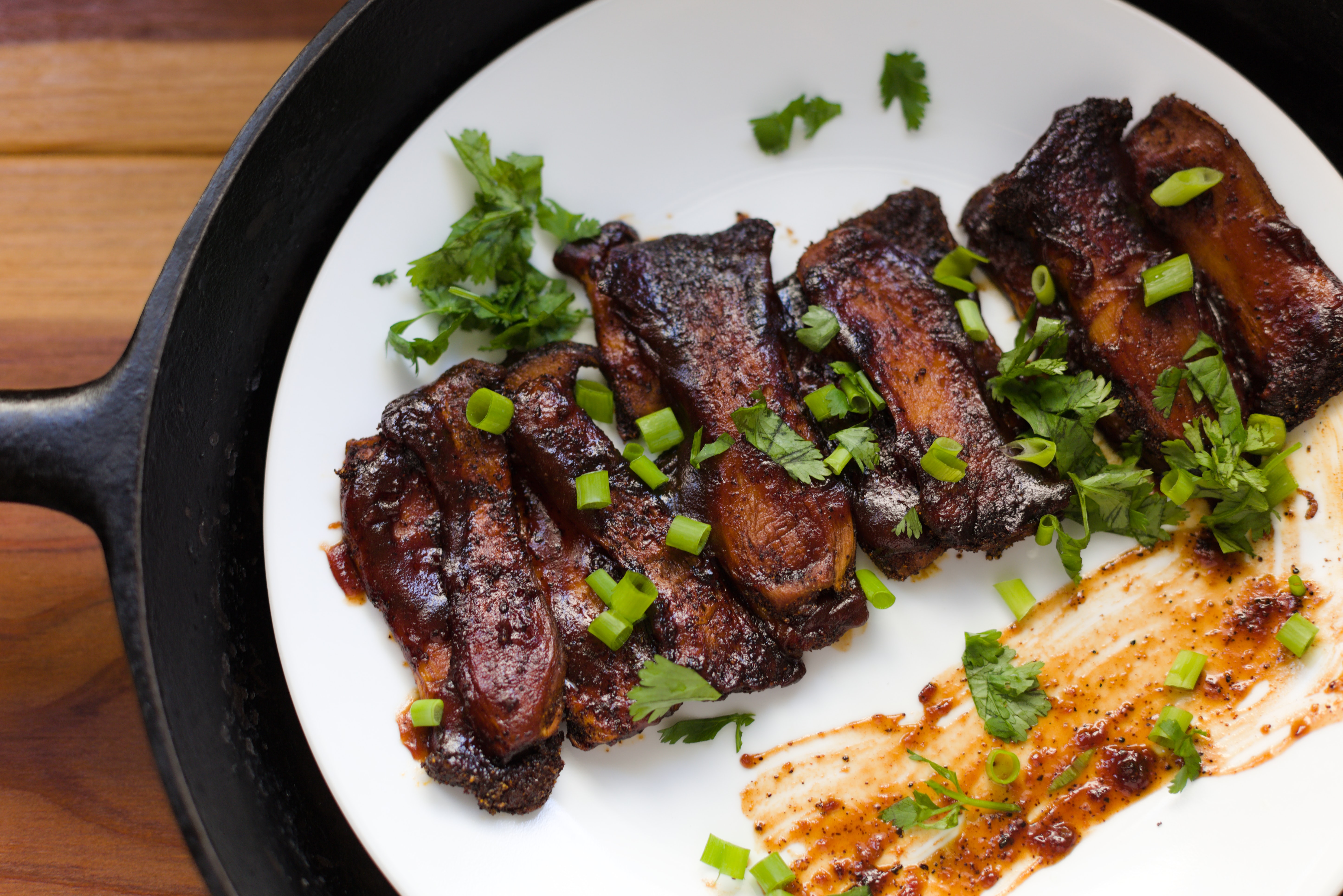While it may seem that cookbooks all follow the same strict structure, you can actually play around and have fun with the layout. After all, you are the author of your own book, and YOU get to decide how to organise your content (provided it still makes sense at the end, of course).
The usual structure for cookbooks is to divide recipes based on the order you would eat them in: appetizers, entries (like salads or soups), main dishes (either putting the sides in the same section or in a separate one), and desserts (sometimes adding drinks at the very end). However, you can also divide your chapters by the different types of food, such as: breads, pastas, meats, fish, cocktails etc.
These two layouts are the most common ones, but because there are so many cookbooks on the market, they are also immensely diverse.
Depending on the type of cookbook you’re creating, you may want to divide your chapters based on geographic locations. For example, if you were to create a cookbook with popular UK recipes, you could have a chapter with Scottish recipes, another one on Welsh recipes etc. The same thing goes for a European cookbook, where you could divide it by countries and have chapters centred around recipes from Italy, Spain, France, etc.
You could also divide your book based on the technique used (roasting, fermenting, etc.) or depending on the dietary requirements: gluten-free, dairy-free, vegan, etc.
Another way to structure your book would be to have season-based recipes, therefore creating four distinct chapters, or even a chronological/historical theme, where you put the recipes based on when they were created.
There are, of course, many other ways you can structure your book, but these are some of the most popular ones.
 Steak on a plate with herbs sprinkled on it
Steak on a plate with herbs sprinkled on it
You can also include additional chapters and/or sections in your cookbook, such as serving/presentation tips, guides to create your own stocks, sauces, or pastries (flaky, shortcrust, and so on). Having a section with resources on where to buy your ingredients to be more sustainable could be a good idea, although this may be more relevant if you’re writing a cookbook based on local recipes. You could also write a chapter on fundamental techniques (how to stuff a turkey, or how to roll a cake). Finally, if you’re writing a cookbook for children, it could be funny for them to have a small colouring book at the end with pictures of the different dishes explored in the book.
Sources:
Fullerton, A. (2018) ‘8 Tips For Writing a Cookbook’, IngramSpark, 5 June. Available at: https://www.ingramspark.com/blog/8-tips-for-writing-a-cookbook
Jacob, D. (2016) ‘So Many Ways to Organize A Cookbook’, DianneJ, 22 November. Available at: https://diannej.com/2016/so-many-ways-to-organize-a-cookbook/
